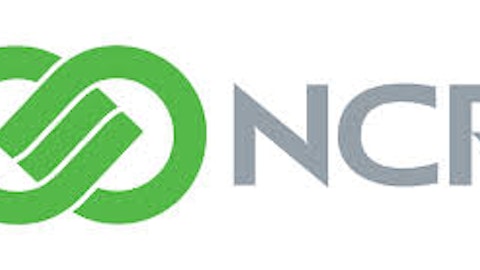WESCO International, Inc. (NYSE:WCC)’s electrical distribution
WESCO International, Inc. (NYSE:WCC) differs from the larger industrial distributions in one major, negative facet. It dominates the electrical distribution business, where it derives 40% to 50% of its overall revenue, whereas larger distributors focus on other markets.
In my view, the electrical business is an inferior end market because it is often associated with new projects with long lead times. This greater visibility enables contractors to comparison shop for a better price, which removes the convenience yield common with most industrial distribution purchases. As a result, Wesco’s gross margins averaged 20% over the past decade, roughly half of Grainger’s and Fastenal’s gross margins. The firm must innovate in other areas to expand its gross margins.
To that end, Wesco differentiates itself through its global accounts and integrated supply offerings, which are estimated to account for around 40% of overall revenue, by serving as a customer’s inventory and procurement manager. Wesco gains by creating long-term service contracts, while customers benefit from reducing costs and reallocating resources to core competencies.
Record EPS in 1Q
Grainger reported record earnings per share for its 2013 first quarter. This strong performance allowed the firm to raise the low end of its 2013 sales and earnings guidance. Management now expects 2013 sales growth of between 5% and 9% and earnings per share in the range of $11.30 to $12.00, versus prior expectations of 3% to 9% and $10.85 to $12.00, respectively.
I believe Grainger can further separate itself from smaller rivals as it attempts to up-sell its services beyond simply supplying inventory. Grainger says that if it can create an on-site account with a client, this typically causes revenue to grow two to three times the normal growth rate of the company. As Grainger enhances its offerings to incorporate managing a customer’s inventory and procurement process, it establishes customer switching costs and enhances its competitive position.
Positive points:
- Grainger has repurchased 566,000 shares since the third quarter of 2012 at an average cost of $210, which is approximately 14% below current levels.
- The online sales channel has grown at double the company’s overall growth rate and now represents nearly 20% of total sales. As Grainger places further emphasis on this sales outlet, it should boost profitability because online selling is the firm’s most profitable avenue.
- Grainger increased its quarterly dividend 21% in 2012– the 41st consecutive year in which it has boosted its dividend. This strong record speaks to the shareholder friendliness of the firm.
Conclusion
Today, Grainger controls approximately 5% of this market, and it has been a strong proponent of consolidation over the past decade. I expect Grainger to retain its place as one of the largest industrial distributors in the industry and believe it is feasible for the company to amass a 10% share (or $17.5 billion in revenue from about $9 billion in 2012) of the domestic industry by 2022. At that scale, Grainger could sustain operating margins before un-allocated costs of 18% (was 17%), nearly 200 basis points higher than current levels.
Ahsan Aslam Khan has no position in any stocks mentioned. The Motley Fool has no position in any of the stocks mentioned. Ahsan is a member of The Motley Fool Blog Network — entries represent the personal opinion of the blogger and are not formally edited.
The article Grainger Poised to Create Impressive Returns originally appeared on Fool.com is written by Ahsan Aslam.
Copyright © 1995 – 2013 The Motley Fool, LLC. All rights reserved. The Motley Fool has a disclosure policy.



